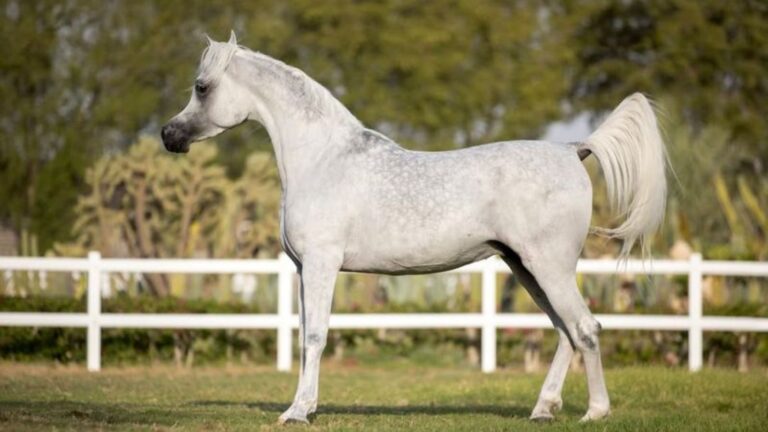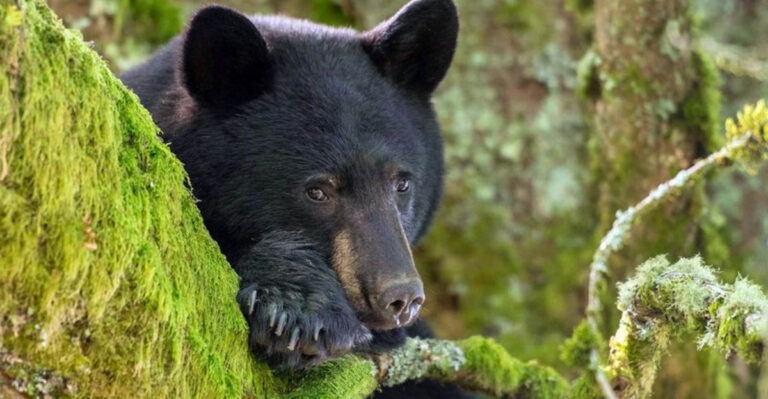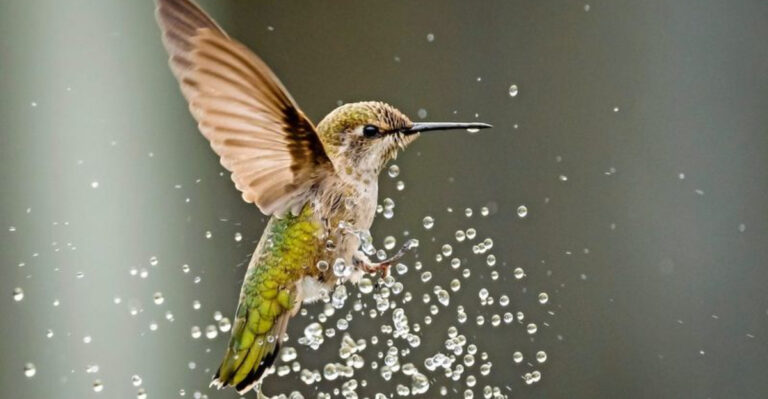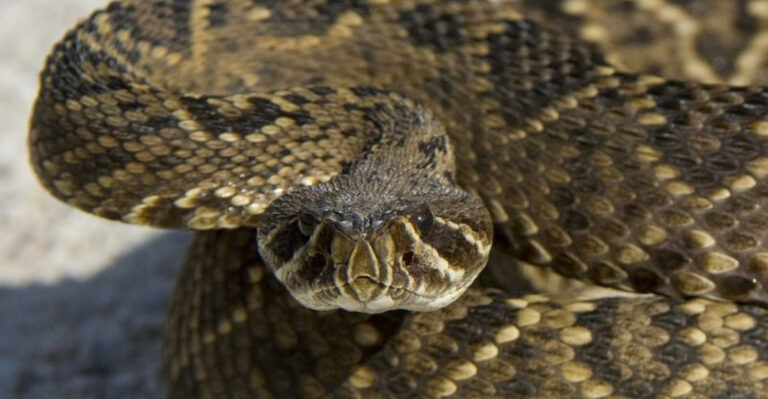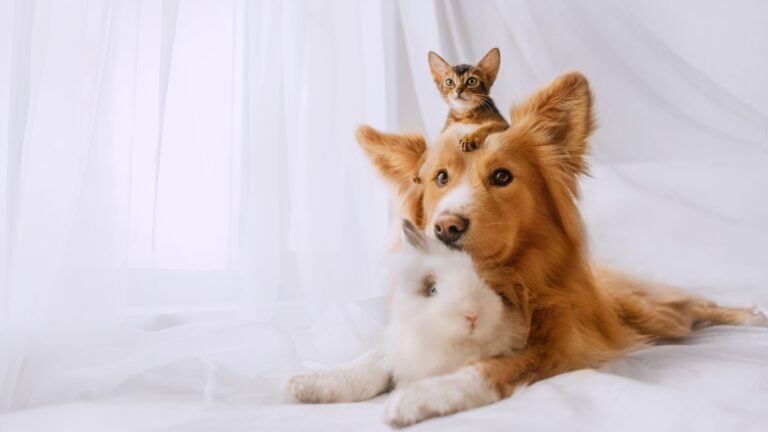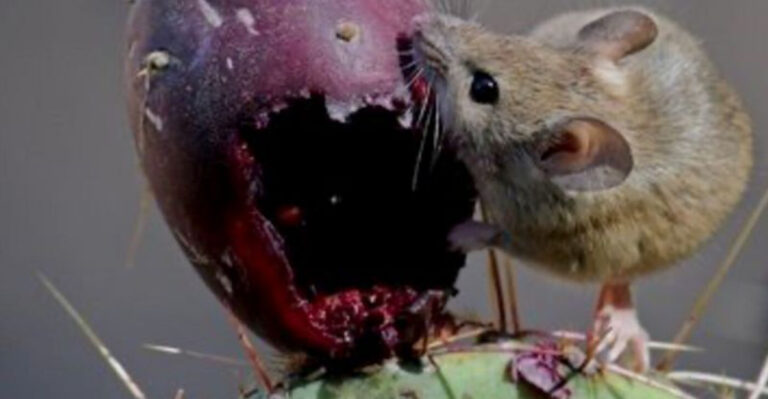Ways Big Cats Mark Their Territory And Why It Matters
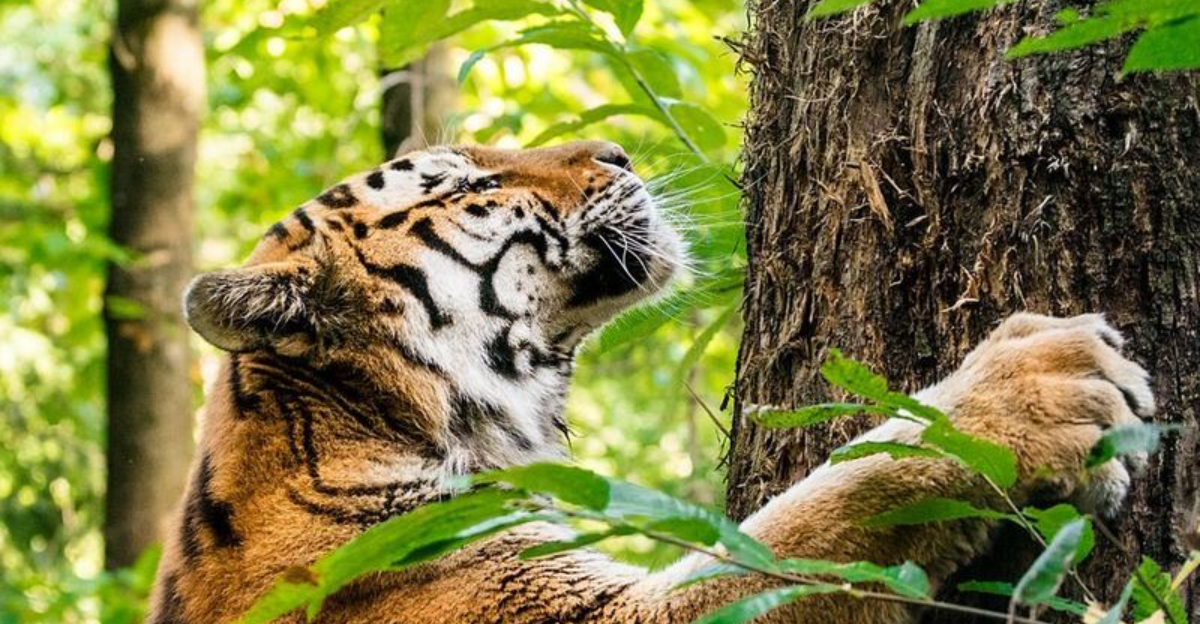
Ever wondered how big cats keep their kingdom in line? These majestic creatures have fascinating ways of announcing, “This is my turf!”
From scent-marking to vocal displays, each method is a unique expression of their natural instincts. Join us as we explore the intriguing world of big cat territoriality and discover why these behaviors are so essential.
1. Scent Marking With Urine
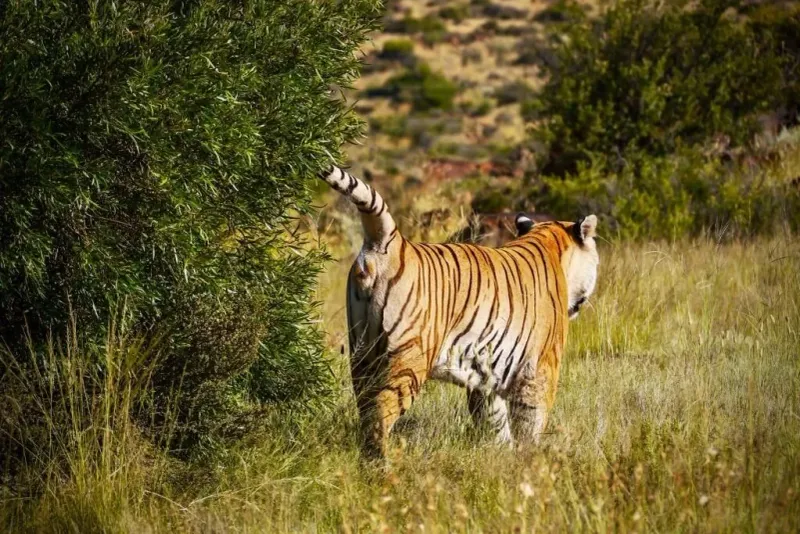
Big cats like lions and tigers use a potent form of scent-marking – urine spraying. They strategically choose prominent locations like trees or bushes to ensure their scent travels far.
This behavior not only warns rival males but also intrigues potential mates. The pungent aroma tells a story of strength, health, and readiness.
It’s a vital communication tool in the wild, where territory can mean survival.
2. Rubbing Scent Glands On Trees And Surfaces
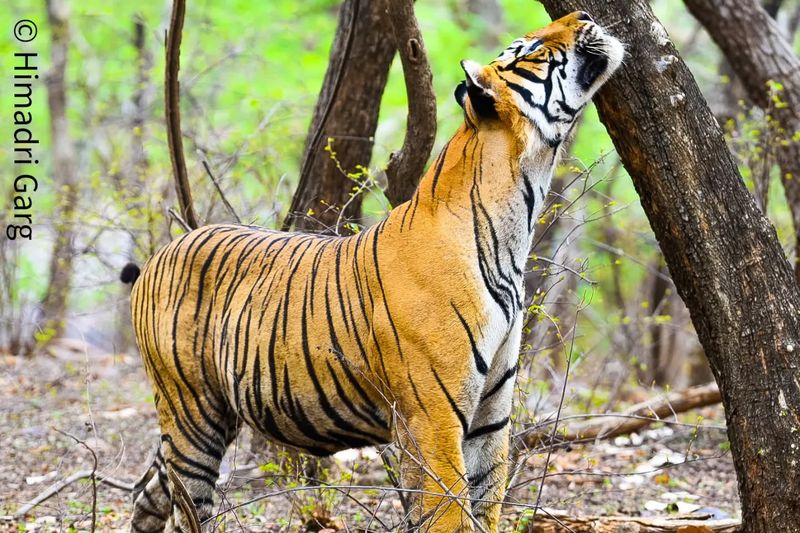
Ever seen a cat rubbing its face on furniture? Big cats do it too, but on a much grander scale.
Leopards and cheetahs, for instance, rub their cheeks on tree trunks to transfer scent from their facial glands. This act is not just about leaving a mark but also claiming ownership. It’s a gentle yet effective way to communicate presence.
As they glide past, the scent glands release a unique aroma, a signature of sorts. This invisible graffiti lets others know who’s been there and establishes a comforting familiarity in their territory.
3. Feces And Dung Mounds
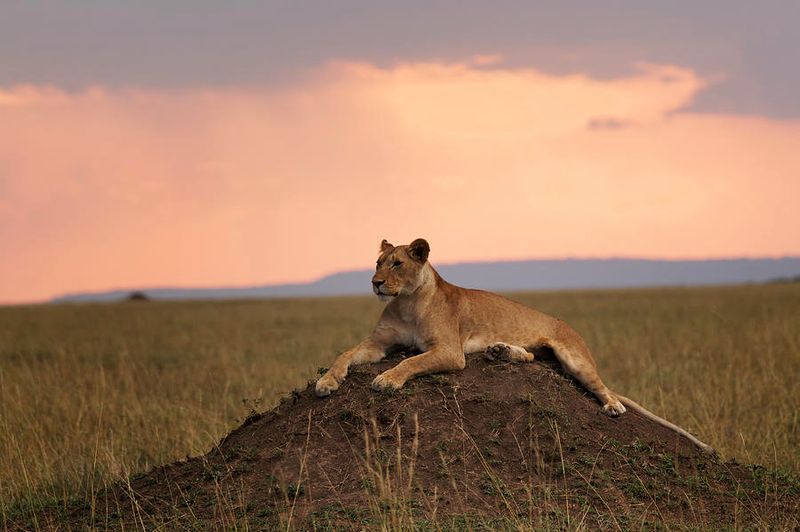
Yes, even feces play a part in territory marking! Big cats like lions use dung mounds to lay down their claim.
The strategic placement of feces sends a clear message to others in the area. It’s a distinct olfactory cue that helps establish boundaries.
This method leverages the natural decomposition process to keep the scent alive for longer, providing a lasting impression. It’s nature’s way of drawing invisible lines in the sand.
4. Scratching Posts
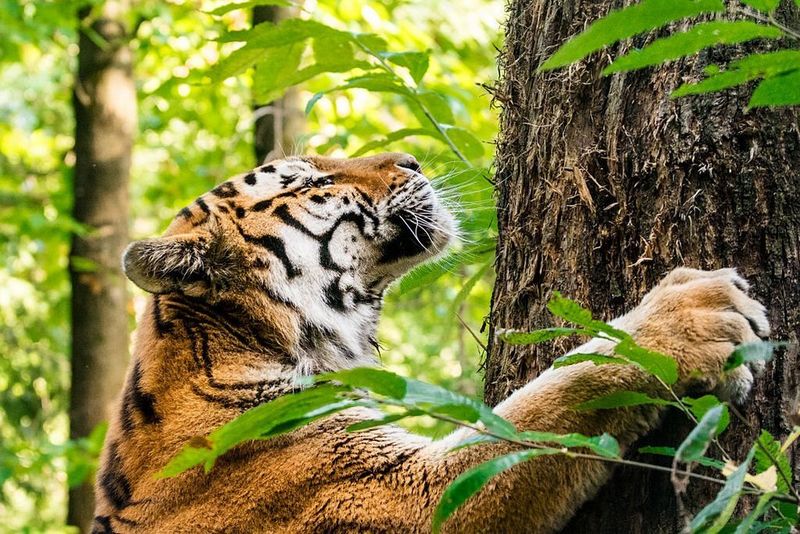
Those impressive claws aren’t just for hunting. Big cats like jaguars use them to scratch trees, leaving both a visual and olfactory mark.
The deep scratches are a clear visual signal, while the scent glands in their paws leave a hidden message. It’s a powerful combination – a statement of dominance and a warning.
These scratch marks can last for ages, serving as a constant reminder of the cat’s presence and sovereignty over its chosen area.
5. Vocalizations
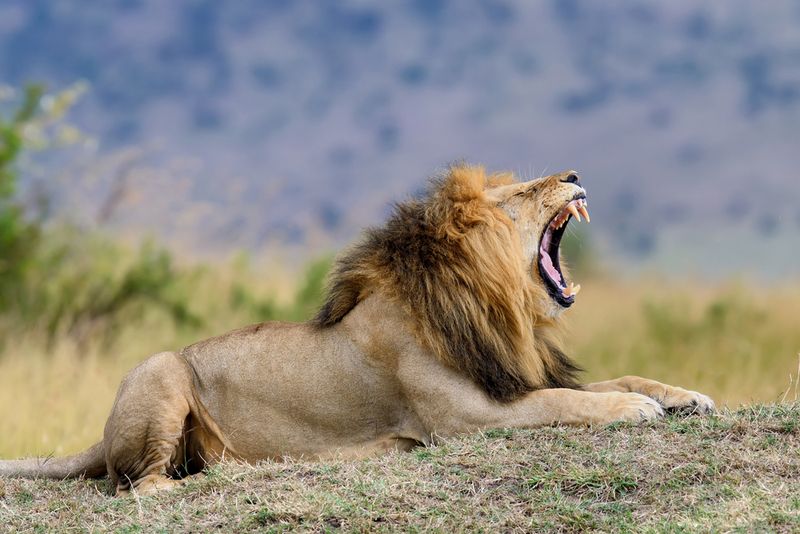
The deep roar of a lion isn’t just majestic – it’s a territorial announcement.
Big cats use vocalizations to communicate across vast distances. This auditory display conveys strength and presence, echoing through the landscape.
Each roar is unique, like a vocal fingerprint, and serves as an effective deterrent to intruders. Coupled with other behaviors, these vocalizations play a crucial role in maintaining territory, ensuring that only the rightful ruler reigns.
6. Visual Markings
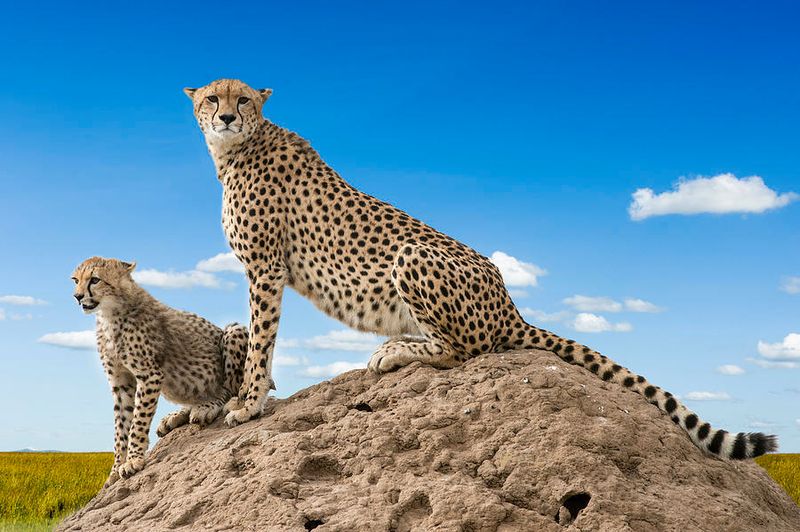
Sometimes, the best way to mark territory is by being seen.
Cheetahs, for example, stand on termite mounds to increase visibility. This elevated position sends a visual message to other animals: “I’m here, and this is mine.”
These visual markers are a testament to their confidence and control, making them undisputed monarchs of their realm.
7. Chasing Away Intruders
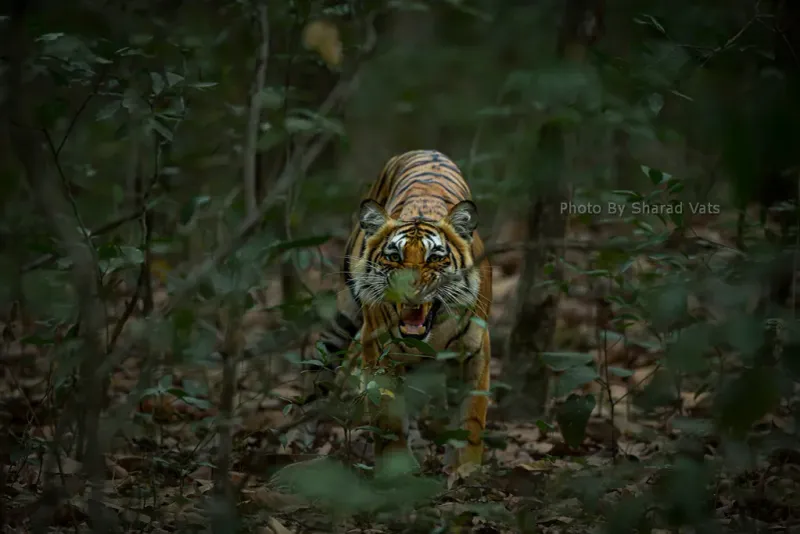
Territory isn’t just marked; it’s defended. Big cats like tigers will chase away intruders to maintain control over their domain.
This behavior is essential for survival, ensuring access to resources such as food and water.
The chase itself is a spectacle of power and agility. By successfully driving off rivals, big cats secure their territory, reinforcing their dominance in a way that words or marks alone cannot.
8. Defensive Behavior
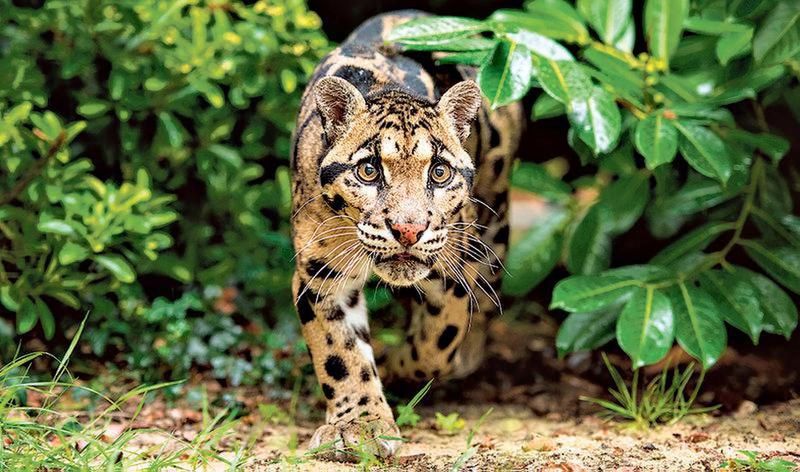
When words aren’t enough, body language takes over. Big cats exhibit defensive behavior to protect their territory from threats.
Leopards, for instance, will bare their teeth and flatten their ears to appear more intimidating. This visual display is often enough to deter potential challengers.
These non-verbal cues are a fundamental aspect of territoriality, allowing cats to avoid physical confrontations when possible.
9. Mating Signals
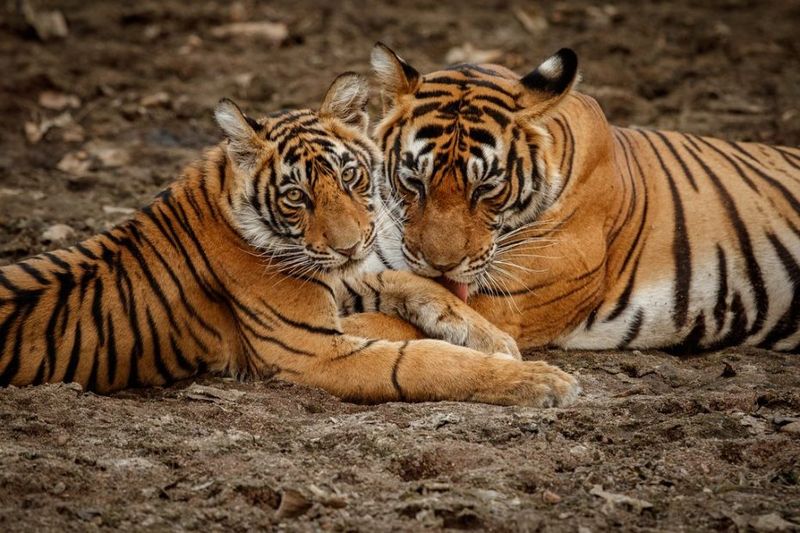
Territory marking isn’t just about defense – it’s about attraction too. Mating signals play a crucial role in defining boundaries.
Big cats like tigers use scent and vocalizations to attract mates, embedding cues within their territory markers. These signals ensure that only the most suitable partners respond, maintaining the genetic integrity of the species.
It’s a delicate balance of seduction and sovereignty, each mark an invitation and a challenge.
10. Mane And Coat Posturing (Lions)
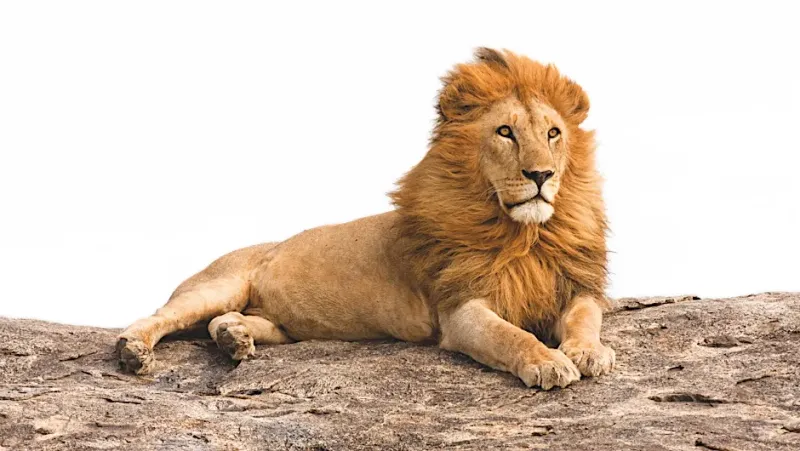
For lions, their mane isn’t just about looks – it’s a territory marker too. A thick, dark mane signals health and virility, making it an essential part of their arsenal.
This display isn’t just for rivals – it’s a message to potential mates as well. The coat and mane tell a story of resilience and readiness, crucial in the wild hierarchy of lions.
11. Why It Matters: Establishing Dominance
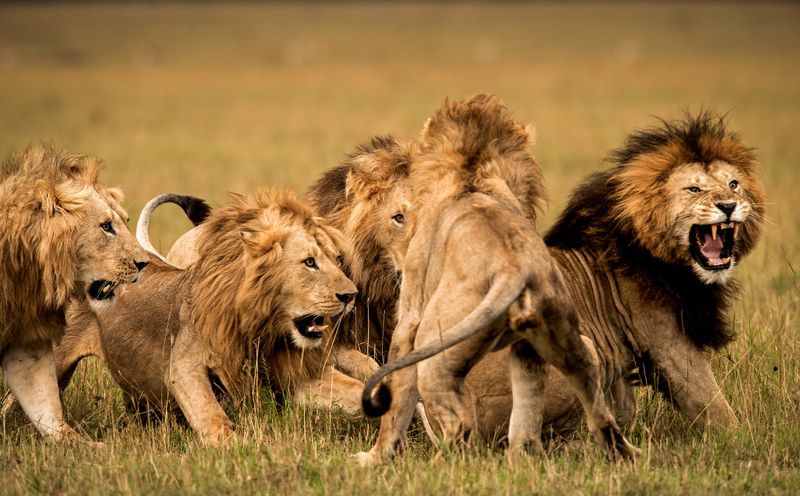
Territory marking is crucial for establishing dominance among big cats. It’s a way of saying, “I’m in charge here.”
Whether through scent, visual cues, or vocalizations, these behaviors communicate authority. Imagine a lion standing tall amidst its pride, every inch a ruler.
This dominance isn’t just about power – it’s vital for maintaining order and ensuring survival. By marking territory, big cats can effectively manage their environment, securing resources and mates.
12. Preventing Conflict
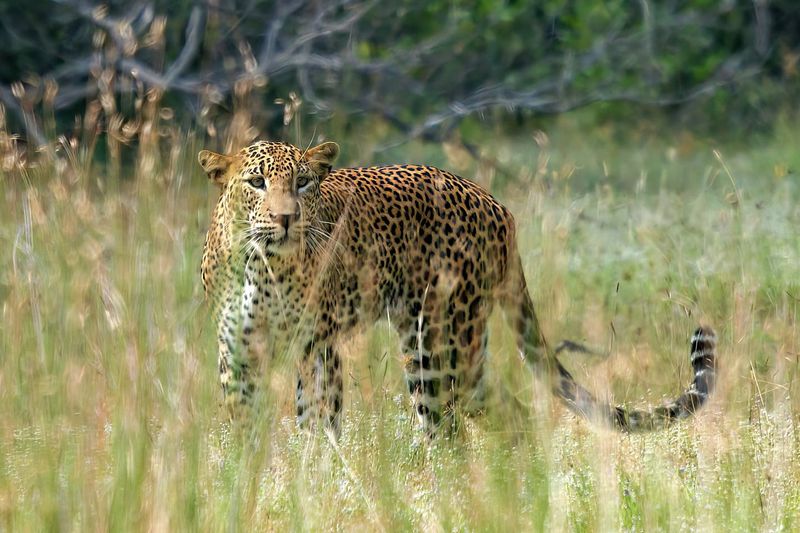
Marking territory helps prevent conflict by clearly defining boundaries. Big cats like leopards can avoid unnecessary fights by respecting these invisible lines.
By following these natural guidelines, big cats maintain harmony in their environment.
It’s a system that minimizes violence and maximizes survival, allowing these magnificent creatures to thrive in their habitat without constant strife.
13. Mating Rights
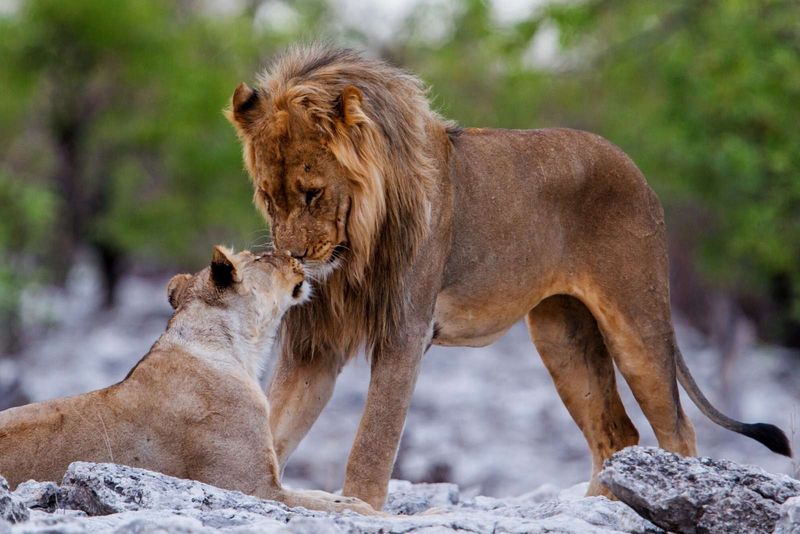
Territory marking plays a pivotal role in securing mating rights. It’s a way for big cats to advertise their readiness and suitability to potential partners.
These markers ensure that the strongest genes prevail, benefiting the entire species.
14. Resource Control
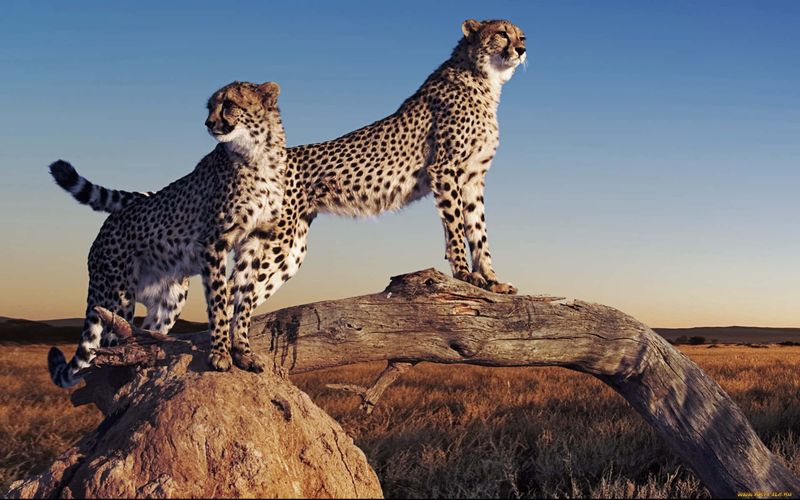
Marking territory is crucial for resource control. Big cats need to secure areas rich in prey and water to ensure their survival.
This control over resources is a matter of life and death, dictating who eats and who doesn’t. By effectively marking and defending their territory, big cats maintain access to food and water, preventing others from encroaching.
It’s an essential strategy that underscores the importance of territoriality in the wild.

